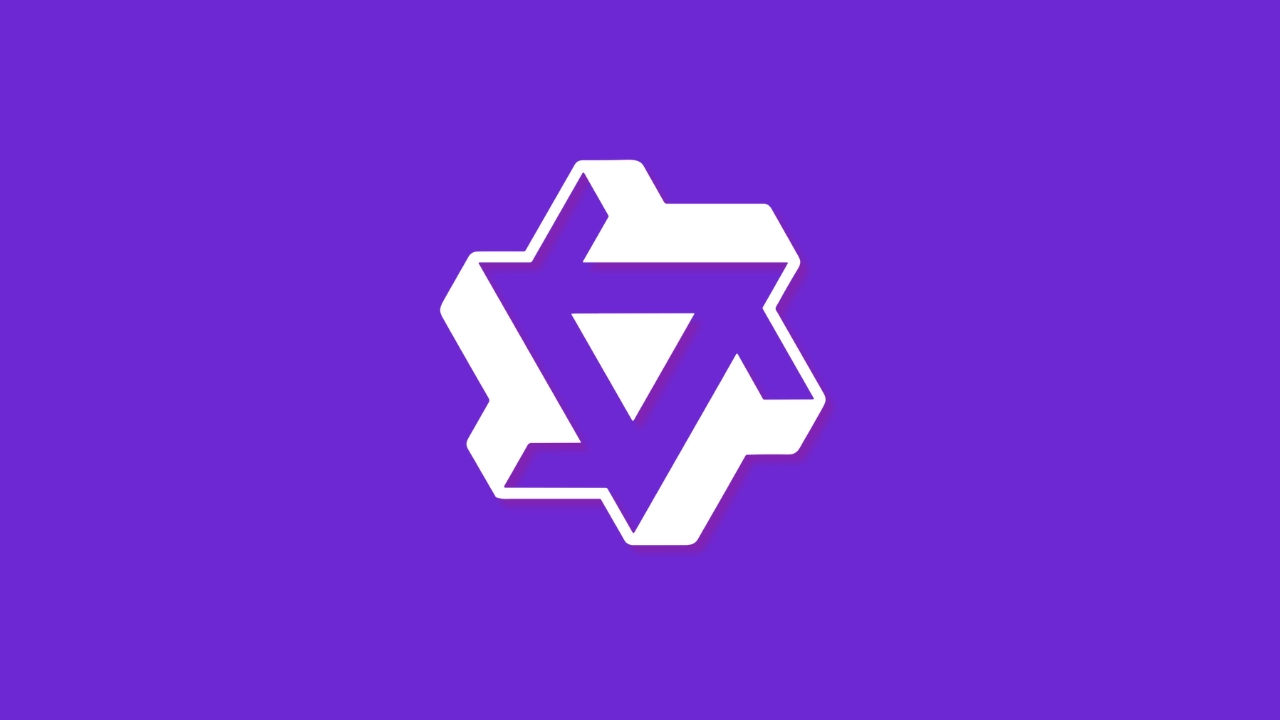
Granite 4.0: The End of Cloud AI Dominance?
IBM's new language models challenge the status quo with radical efficiency gains and browser-based execution
The AI landscape just got interesting again. While everyone’s been chasing trillion-parameter cloud models, IBM quietly dropped Granite 4.0, a family of language models that fundamentally challenges the “bigger is better” paradigm. With sizes ranging from 3B to 32B parameters and the ability to run entirely in your browser, these models represent a shift toward practical, deployable AI that doesn’t require mortgaging your company to pay cloud bills.
The Efficiency Revolution: More Performance, Less Hardware

What makes Granite 4.0 genuinely disruptive isn’t just the model sizes, it’s the architectural choices that deliver performance previously requiring enterprise-grade hardware. The Mixture of Experts (MoE) approach in the larger models means only a fraction of parameters activate during inference. The 32B model, for instance, activates just 9B parameters while maintaining performance comparable to dense models twice its size.
This efficiency translates to real-world savings. According to IBM’s technical documentation, Granite 4.0-H can reduce RAM by >70% for long-context and multi-session inference ↗ compared to conventional transformer LLMs. That’s the difference between needing an NVIDIA A100 and running comfortably on consumer hardware like an RTX 3060.
Browser-Based AI: The 3.4B Game-Changer
The most eyebrow-raising development is Granite 4.0 Micro (3.4B) running entirely in browsers via WebGPU acceleration. Developers have already built web demos ↗ that showcase smooth, local execution without backend infrastructure. This isn’t just a tech demo, it’s a glimpse into a future where AI applications deploy as easily as static websites.
The implications are massive: edge deployments without container orchestration, privacy-sensitive applications that never touch a server, and AI tools that work offline. As one developer noted on forums, “Imagine deploying LLM apps without any backend infra needed. Game changer for edge deployments.”
Hybrid Architecture: Mamba-2 Meets Transformers
Granite 4.0 introduces a novel hybrid approach combining Mamba-2 with traditional transformer components. This isn’t just academic experimentation, it addresses real limitations in current architectures. Mamba-2’s state space models handle long contexts more efficiently, while transformers provide reliable performance for shorter sequences.
The result? Models that scale context length based on available hardware rather than architectural constraints. Tested up to 128K tokens with no hard limits, Granite 4.0 effectively says “your context window is only limited by your GPU memory, not our design.”
Practical Deployment: What Developers Are Actually Building
The real test of any model release is what people actually do with it. Early adopters are reporting significant improvements in agentic workflows and document analysis. One developer running a local AI setup with 12GB VRAM noted that Granite 4.0 “loaded into VRAM in around 19 seconds ↗” and handled tool calls effectively where previous models struggled.
Tools like Continue ↗ are already integrating Granite 4.0 models, highlighting use cases like document analysis across entire codebases, RAG workflows with large knowledge bases, and multi-agent systems running concurrently on single GPUs.
The Quantization Advantage: Ready-to-Deploy Models
IBM isn’t just releasing base models, they’re providing comprehensive quantized versions ↗ in GGUF format, optimized for immediate deployment through Ollama, LM Studio, and other popular local LLM tools. This attention to deployment practicality separates Granite 4.0 from research-focused releases that require significant engineering effort to use productively.
The Apache 2.0 licensing removes commercial barriers, making these models accessible for both open-source projects and enterprise applications. Early production deployments include Lockheed Martin (10,000+ developers), major telco companies reporting 90%+ cost reductions, and the US Open achieving 220% increases in automated match reports.
Performance Reality Check: Not All Roses
While the efficiency gains are impressive, some developers note that the 32B model benchmarks slightly behind competitors like Qwen3 30B-A3B in certain tasks. The real strength appears to be in the smaller models, where Granite 4.0’s architectural advantages shine brightest.
The community has also voiced frustration with IBM’s naming convention, “Please for all that is holy, include the param number in the model name. Trying to guess between micro, mini, and small is painful”, highlighting the ongoing challenge of making advanced AI accessible without confusing users.
The Future Is Local (and Efficient)
Granite 4.0 represents a maturation in the AI industry, a shift from raw performance chasing to practical deployment considerations. By focusing on efficiency, local execution, and real-world usability, IBM has created models that answer questions developers are actually asking: “How do I deploy this without breaking the bank? How do I ensure data privacy? How do I make this work offline?”
As hardware continues to improve and these efficient architectures evolve, the balance may finally be tipping away from cloud dependency. Granite 4.0 demonstrates that sometimes, the most revolutionary advancement isn’t making models bigger, it’s making them smarter about how they use what they have.
The era of practical, deployable AI is here. The question is no longer “can we build it?” but “where should we run it?”, and Granite 4.0 provides compelling answers that don’t involve monthly cloud bills.



